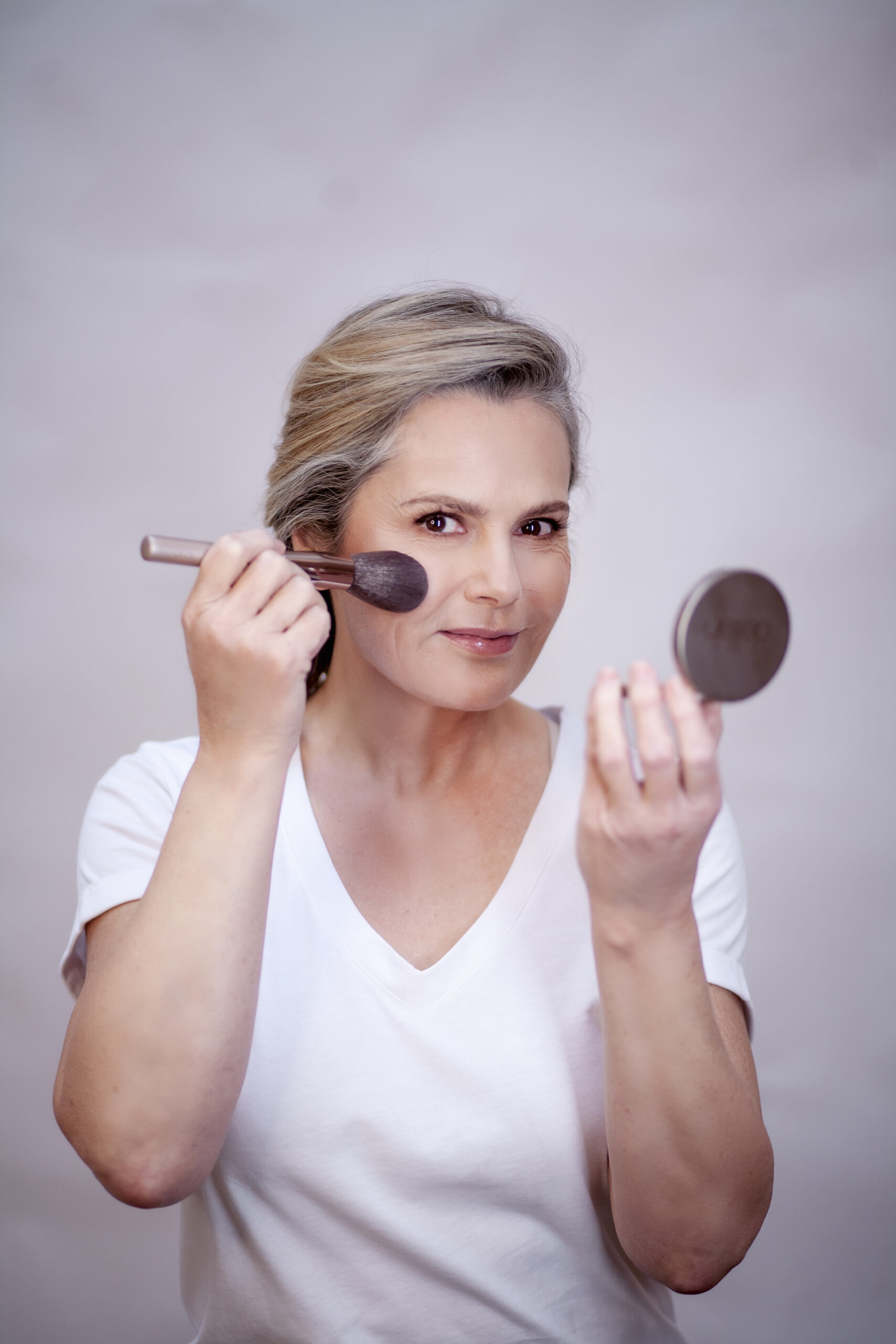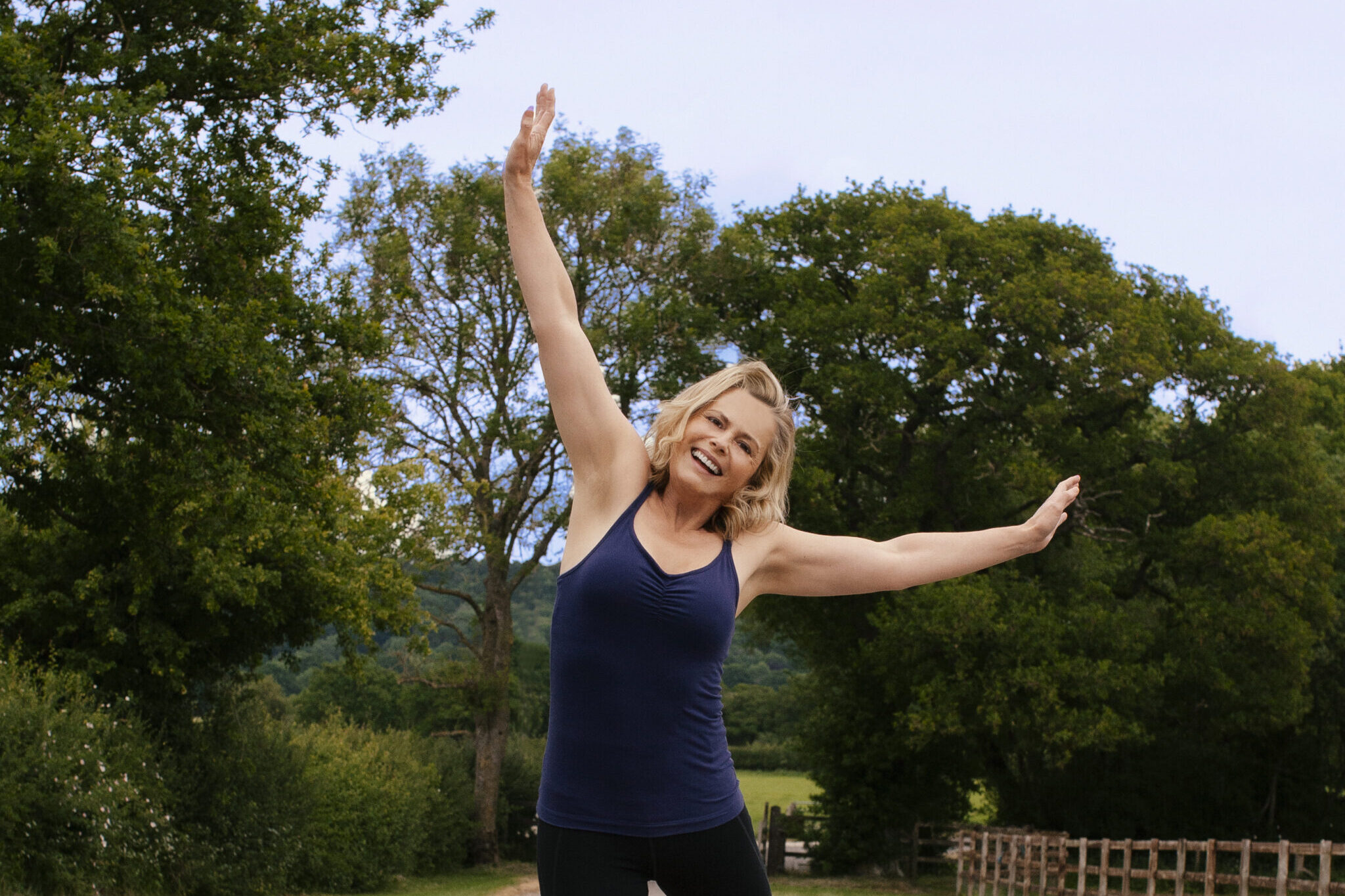Women's health
Saunas – are they really that good for our health?
With cold water therapy making waves in the wellness world, its sweatier counterpart is quickly catching up. Saunas have been around for centuries, but are now enjoying something of a revival, with more and more of us choosing to turn up the heat.
But, how beneficial are they really? Here, we dive into the science behind saunas and explore the best ways to sweat it out at home.
What are the health benefits of saunas?
Saunas have long been rumoured to offer a wealth of benefits when it comes to our health, and research is now backing this up. A 2018 study found that frequent sauna use is associated with a lower risk of cardiovascular-related mortality.
“Beyond cardiovascular benefits, sauna use has also been linked to muscle recovery, stress reduction, and improved skin health,” says Rosanne Joseph-Anthony, founder and clinical nurse practitioner of Healthium Clinics. “The heat exposure from saunas helps blood vessels to dilate, increasing blood flow and promoting muscle relaxation.”
Studies show that heading to the sauna after a workout can help to alleviate muscle soreness and enhance recovery times. An excellent excuse to relax after a strength-building session at the gym!
And, with more research highlighting the damaging effects of inflammation, saunas could be just the tonic. Researchers from the University of Easter Finland found that sauna use can help to reduce inflammation and oxidative stress. The team say this may explain why those who use saunas regularly have a lower risk of chronic disease.
What about infrared saunas?
As with anything in the wellness world, you can be sure a modern twist will be along soon. Infrared saunas – now fast becoming a mainstay of many hotel spas – offer an alternative method for those who struggle in the heat.
“Traditional saunas work by heating the surrounding air, which then warms the body,” says Rosanne. “In contrast, infrared saunas use light waves to penetrate deeper into tissues, generating heat at a lower ambient temperature.”
“Some proponents suggest that infrared saunas promote deeper detoxification, improved circulation, and pain relief,” says Dr Suzanne Wylie, GP and medical adviser for IQdoctor. “Infrared light penetrates deeper into the skin than conventional heat, which may explain why some users report enhanced muscle relaxation and pain relief.”
The best at-home sauna, as loved by Liz

Looking to invest in a sauna? Liz loves the Signature Infrared Sauna by Sunlighten. Available in a range of sizes, this sauna delivers gentle heat, while helping to support circulation and immunity, and ease aching muscles.
If you’re short on space, Sunlighten’s Portable Sauna is a great alternative. This single-person sanctuary surrounds the body in a soothing pod of infrared heat.
Alternatives to a sauna to try at home
Experts suggest we need around two to three sessions a week in a sauna to truly reap the benefits. As nice as it would be to have a sauna at home, it’s not always possible.
The good news is that there are a number of alternatives we can do at home, for a fraction of the cost.
Sauna blankets
“Sauna blankets, including infrared sauna blankets, offer a more accessible and affordable way to experience heat therapy at home,” says Suzanne. “They function similarly to infrared saunas but on a smaller scale, enveloping the body in heat.”
Sauna blankets can be pricey upfront, but may work out more affordable than a gym or spa facilities over time. They offer a similar experience to sitting in a sauna, with users reporting benefits like improved circulation, muscle relaxation, and stress relief.
A hot bath or shower
A soak in the tub can work wonders for our health. Not only does it help to relieve tension, but studies show that regular hot baths can lower blood pressure and help to improve blood sugar management.
To maximise the benefits, it’s recommended to have one in the evening to help prepare our bodies for a restful night’s sleep.
“Science shows that enjoying a warm bath lowers your body’s core temperature, signalling that it’s time for bed,” says Thomas Høegh Reisenhus, TEMPUR® sleep specialist and sleep counsellor. “For ultimate indulgence, use a soothingly scented bath soak. Lavender, chamomile and bergamot are all known for promoting relaxation.”
Cardio workouts
Engaging in regular cardio activity, such as running or HIIT, naturally raises our body temperature and promotes circulation.
“While this method may not replicate the exact effects of a sauna, it can still offer comparable benefits in terms of improved circulation and cardiovascular health,” Suzanne says.
Hot yoga can be another helpful alternative, providing the sweaty benefits of heat while getting some movement in.
Words: Katie Sims
Read more in Health
- Why is sleep apnoea more common in menopause?
- 5 simple barre moves to strengthen legs (without any equipment!)
Please note, on some occasions, we earn revenue if you click the links and buy the products, but we never allow this to bias our coverage and always honestly review. For more information please read our Affiliate Policy.





